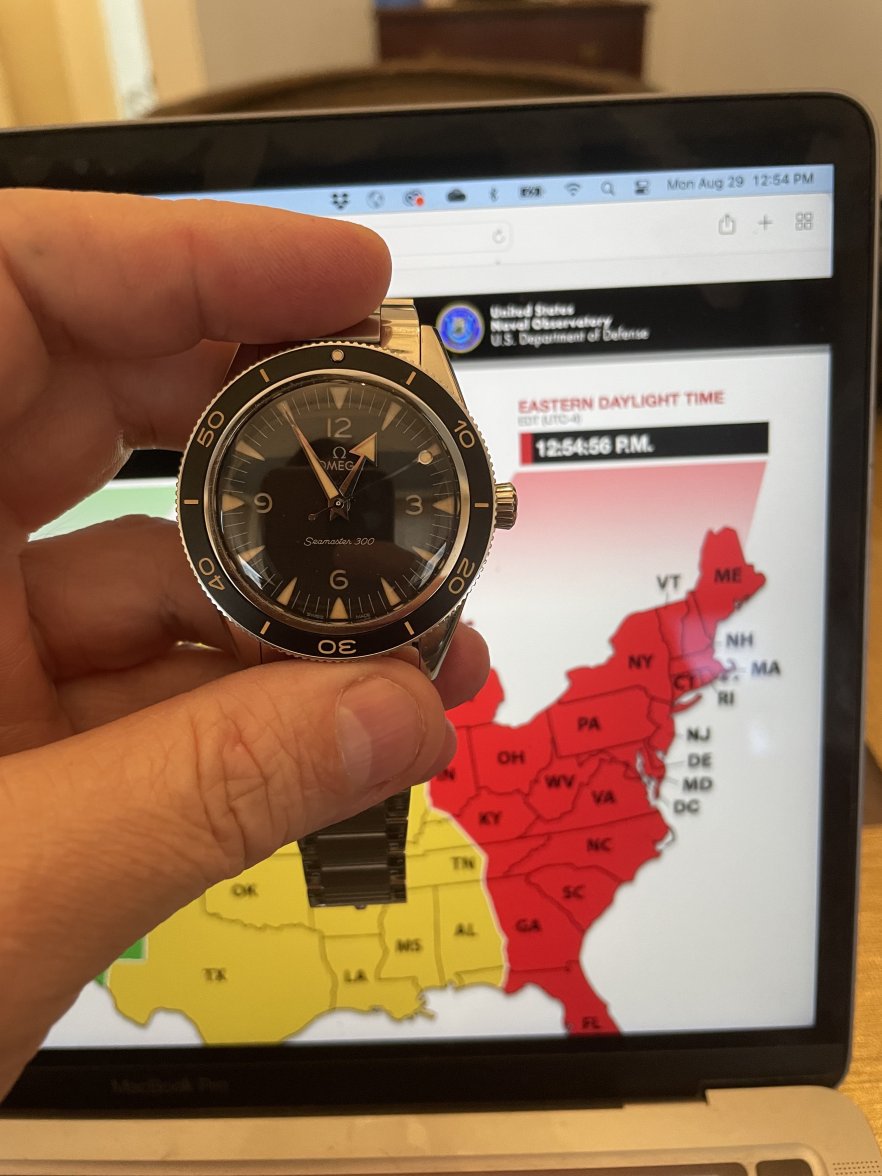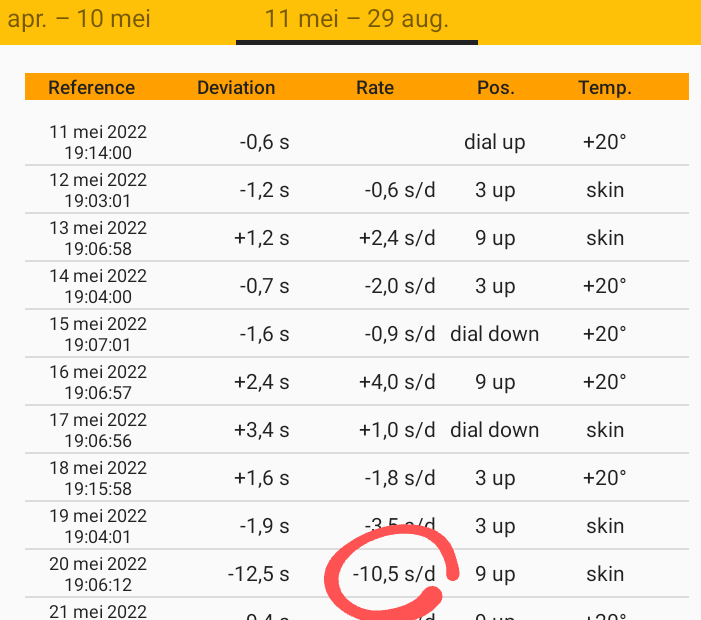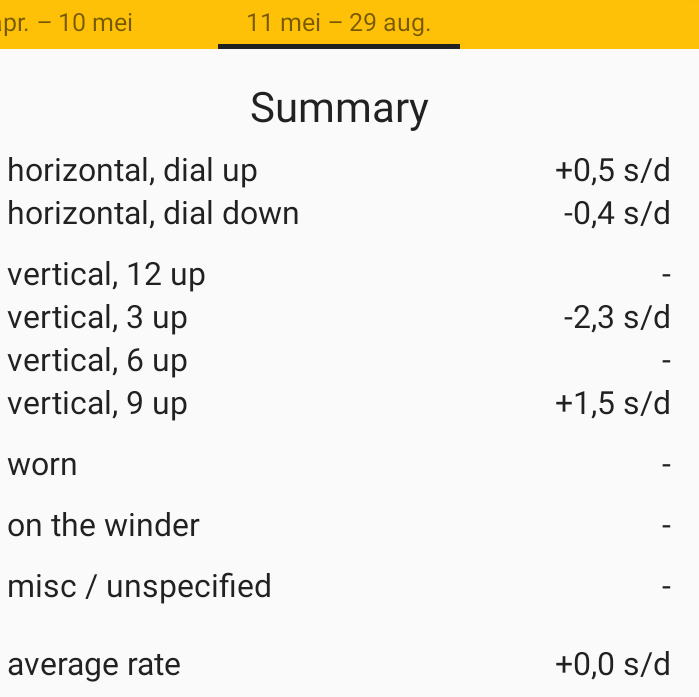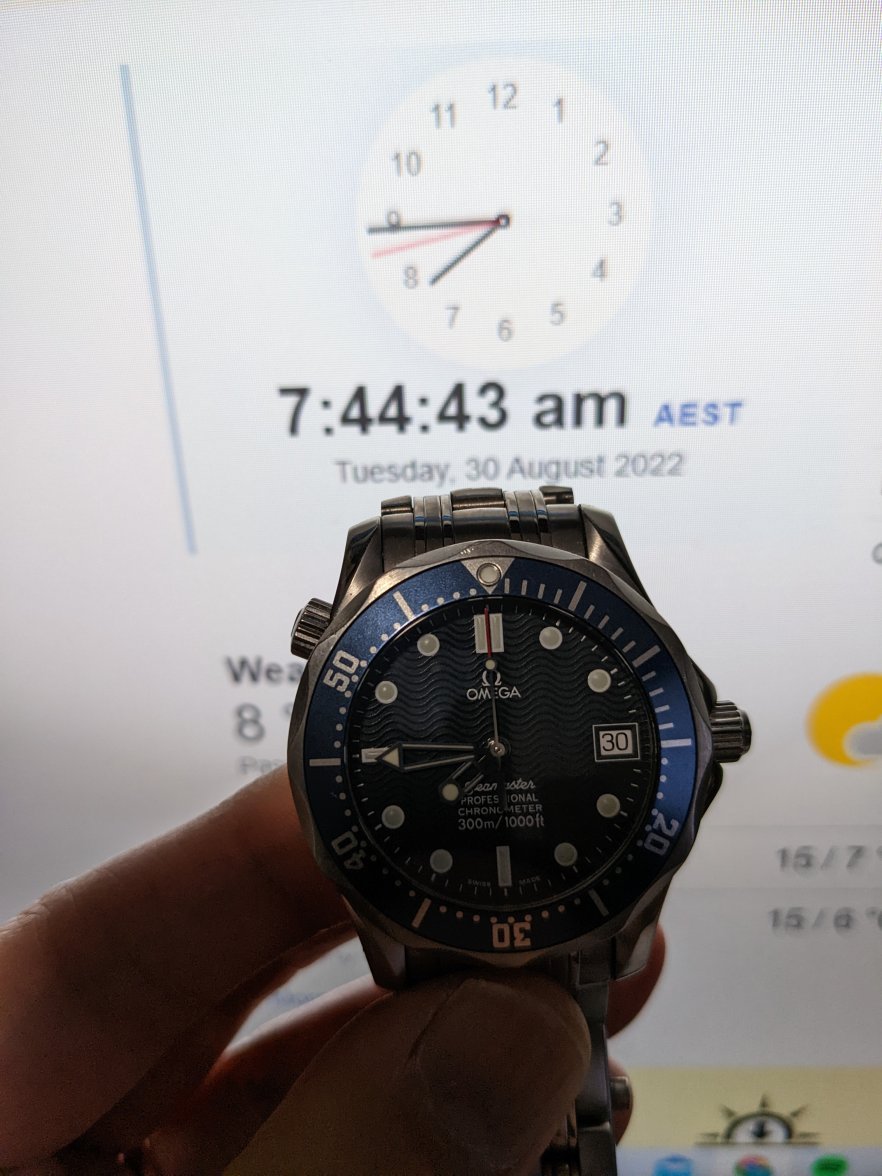DoctorEvil
·Greetings fellow forum members. I have a Seamaster Pro midsize 2551.80 which has been behaving a bit strangely of late and I was just wondering if anyone out there can suggest possible causes. Please forgive me if this post is a bit long winded but I feel that some background info is needed.
My watch had been serviced by Omega about 2 years ago and been running pretty consistently at about +4 seconds a day on the wrist, resting dial up overnight. About 2 months ago, I went overseas to Singapore for the first time in three years. I was going from a southern Australian winter to the tropics. On my first morning there, I hacked the watch and synchronised it with the local network time. To my great surprise, after the first two days it had gained only 4 seconds. This continued for another couple of days and then it started to suddenly lose time so that after eight days, it was -1 seconds slow. The only thing out of the ordinary that I did whilst I was in Singapore was go to Universal Studios on that first day and riding on some roller coasters with my kids. I've previously been on roller coasters with this watch before without any problems.
After I returned home I re-synchronised my watch to local network time and it went back to being its usual self, running at about +3.5 seconds a day on the wrist and +4.5 seconds a day on the watch winder. I have been wearing this watch for the past 8 days and it has started playing up again. After the first 5 days, it gained 16 seconds. So, running at +3.2 seconds a day. On the morning of Day 6, I noted that it was only 12 seconds fast compared to local network time when it had been 17 seconds fast the previous evening. In other words, it lost 5 seconds overnight despite no change in my daily routine. Later on that day, after 6 hours, I noticed that it was only 10 seconds fast compared to network time. The following morning, Day 7, I noticed that the watch seemed to have stabilised at +10 seconds compared to network time. This morning, Day 8, it is +13 seconds compared to network time so it seems to have gone back to it's usual self.
I know that this watch is, by definition, still running to within specs (-4/+6 secs a day). However, what concerns me is this erratic behaviour and whether this could be a sign of something untoward going on inside. Has anyone else here experienced something similar with any of your watches? Many thanks in advance for your responses.
My watch had been serviced by Omega about 2 years ago and been running pretty consistently at about +4 seconds a day on the wrist, resting dial up overnight. About 2 months ago, I went overseas to Singapore for the first time in three years. I was going from a southern Australian winter to the tropics. On my first morning there, I hacked the watch and synchronised it with the local network time. To my great surprise, after the first two days it had gained only 4 seconds. This continued for another couple of days and then it started to suddenly lose time so that after eight days, it was -1 seconds slow. The only thing out of the ordinary that I did whilst I was in Singapore was go to Universal Studios on that first day and riding on some roller coasters with my kids. I've previously been on roller coasters with this watch before without any problems.
After I returned home I re-synchronised my watch to local network time and it went back to being its usual self, running at about +3.5 seconds a day on the wrist and +4.5 seconds a day on the watch winder. I have been wearing this watch for the past 8 days and it has started playing up again. After the first 5 days, it gained 16 seconds. So, running at +3.2 seconds a day. On the morning of Day 6, I noted that it was only 12 seconds fast compared to local network time when it had been 17 seconds fast the previous evening. In other words, it lost 5 seconds overnight despite no change in my daily routine. Later on that day, after 6 hours, I noticed that it was only 10 seconds fast compared to network time. The following morning, Day 7, I noticed that the watch seemed to have stabilised at +10 seconds compared to network time. This morning, Day 8, it is +13 seconds compared to network time so it seems to have gone back to it's usual self.
I know that this watch is, by definition, still running to within specs (-4/+6 secs a day). However, what concerns me is this erratic behaviour and whether this could be a sign of something untoward going on inside. Has anyone else here experienced something similar with any of your watches? Many thanks in advance for your responses.



